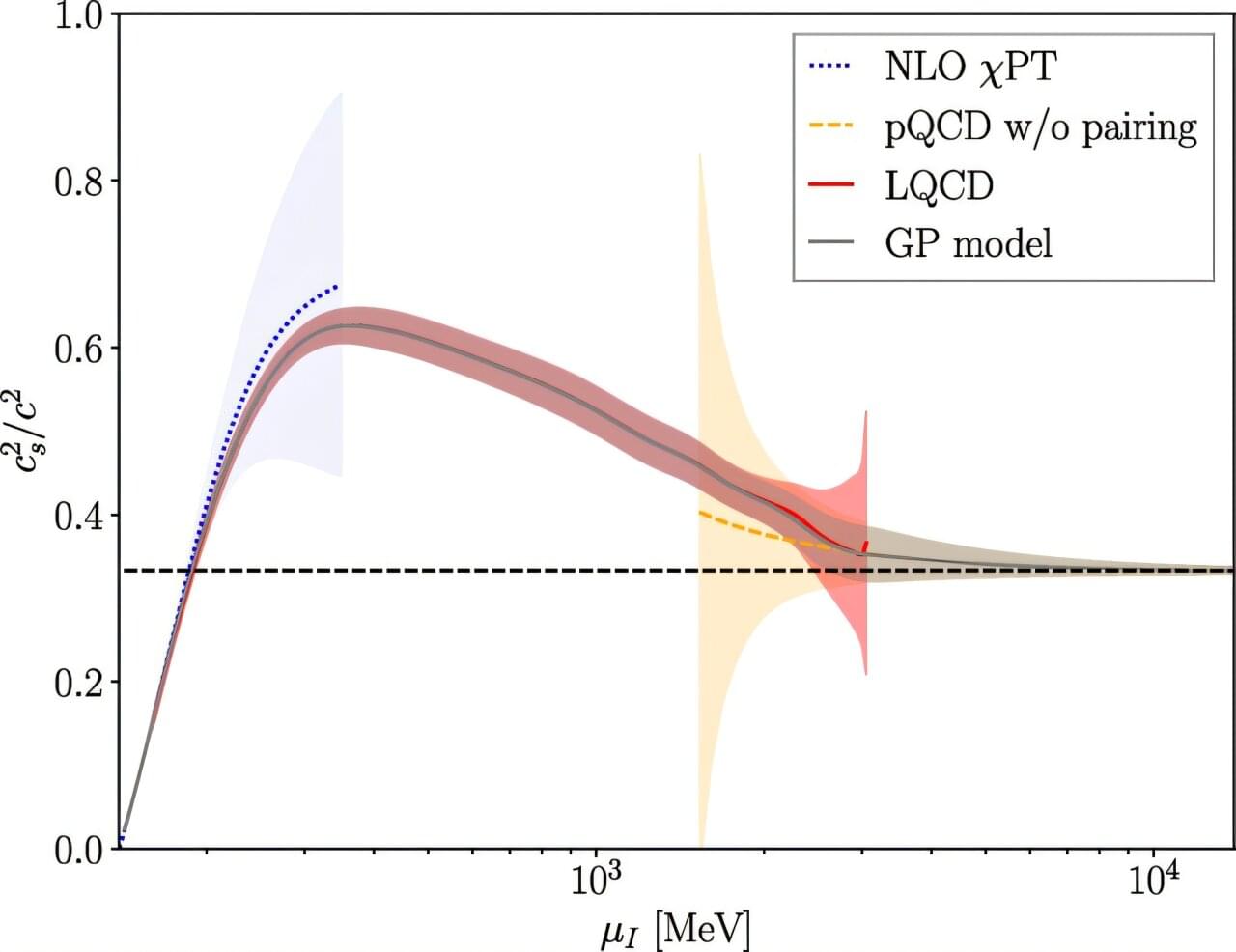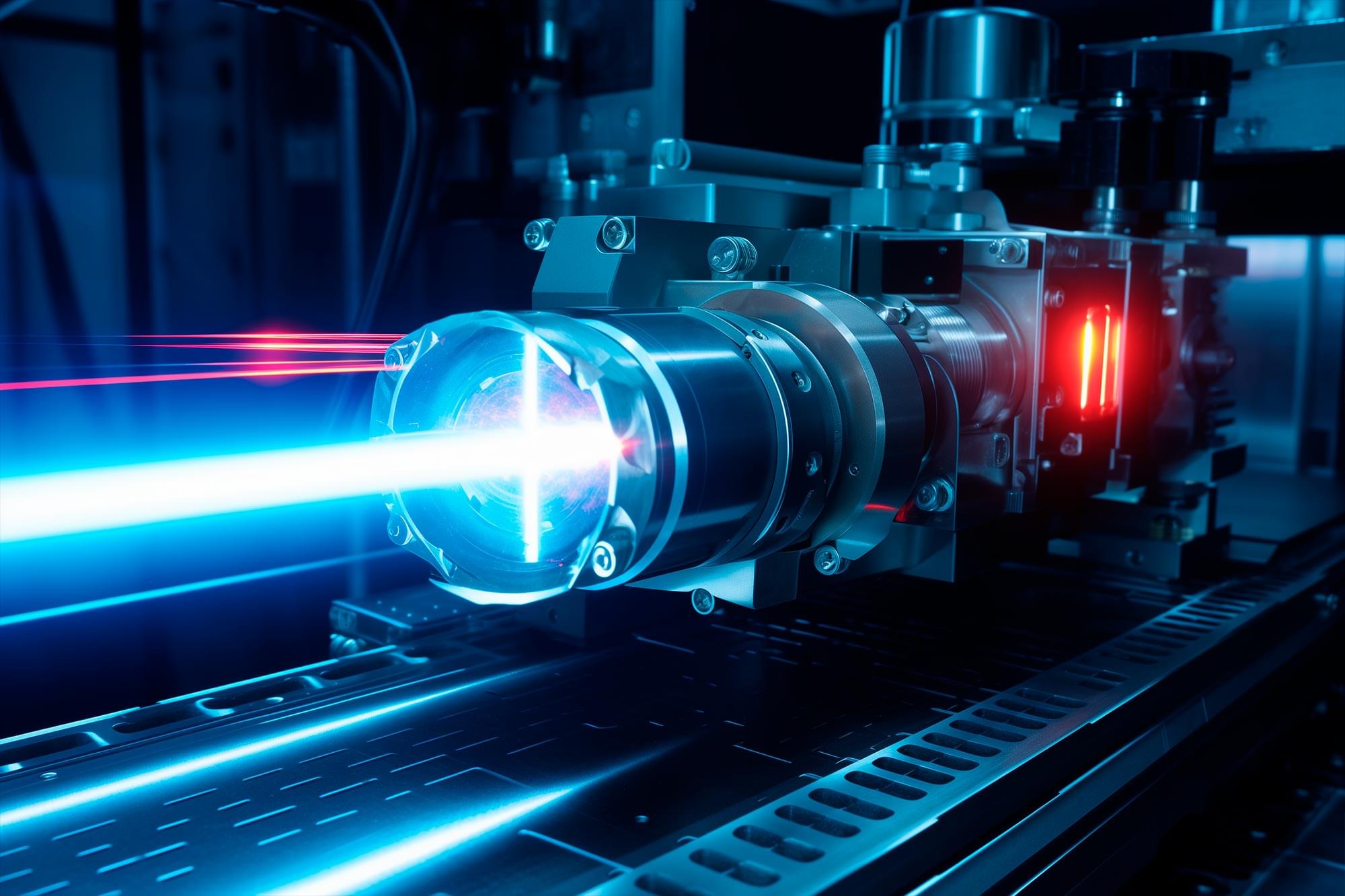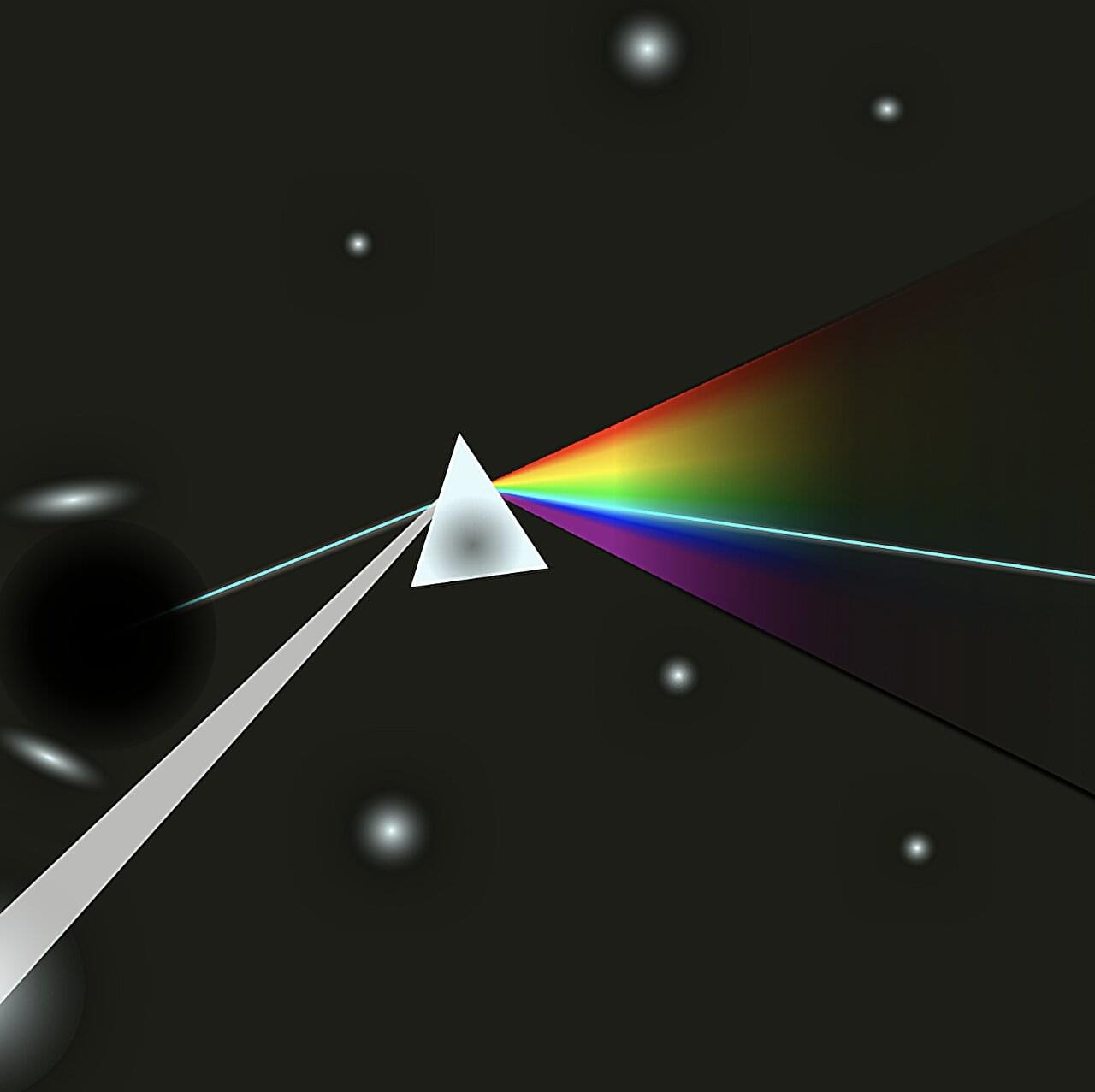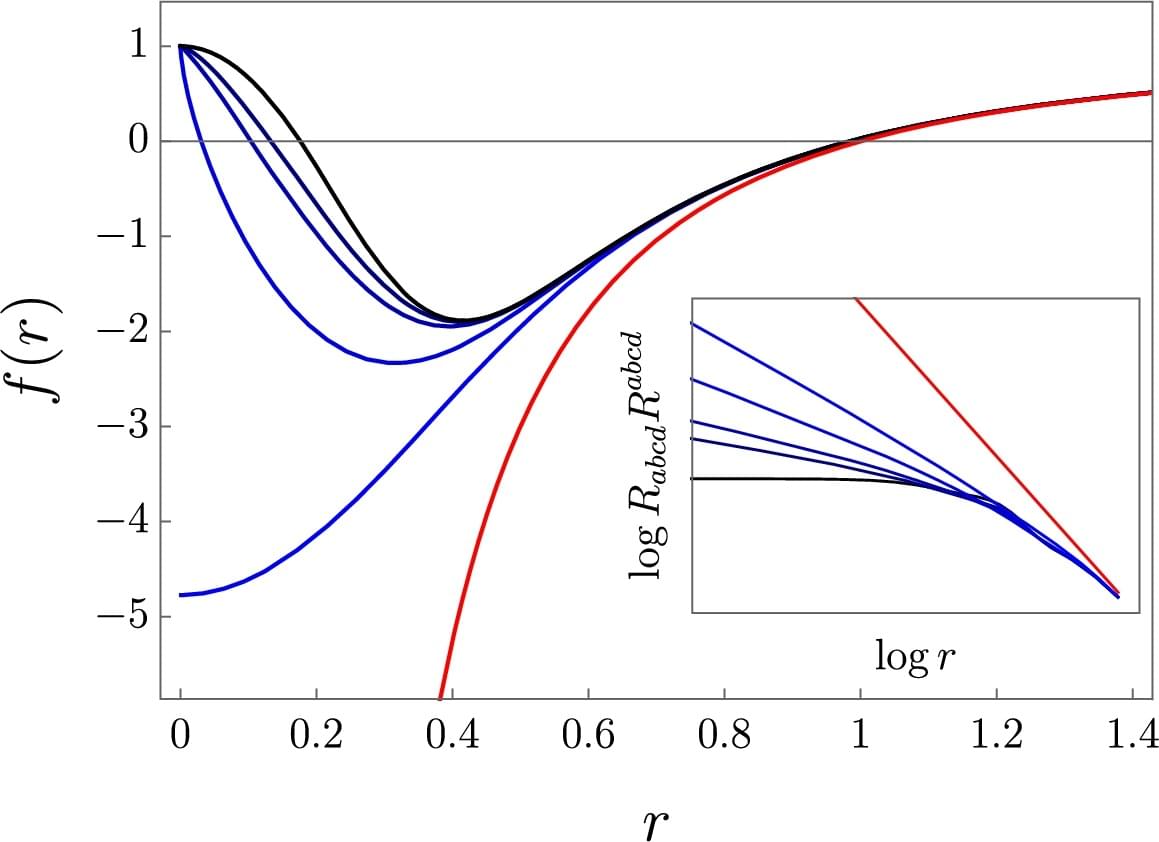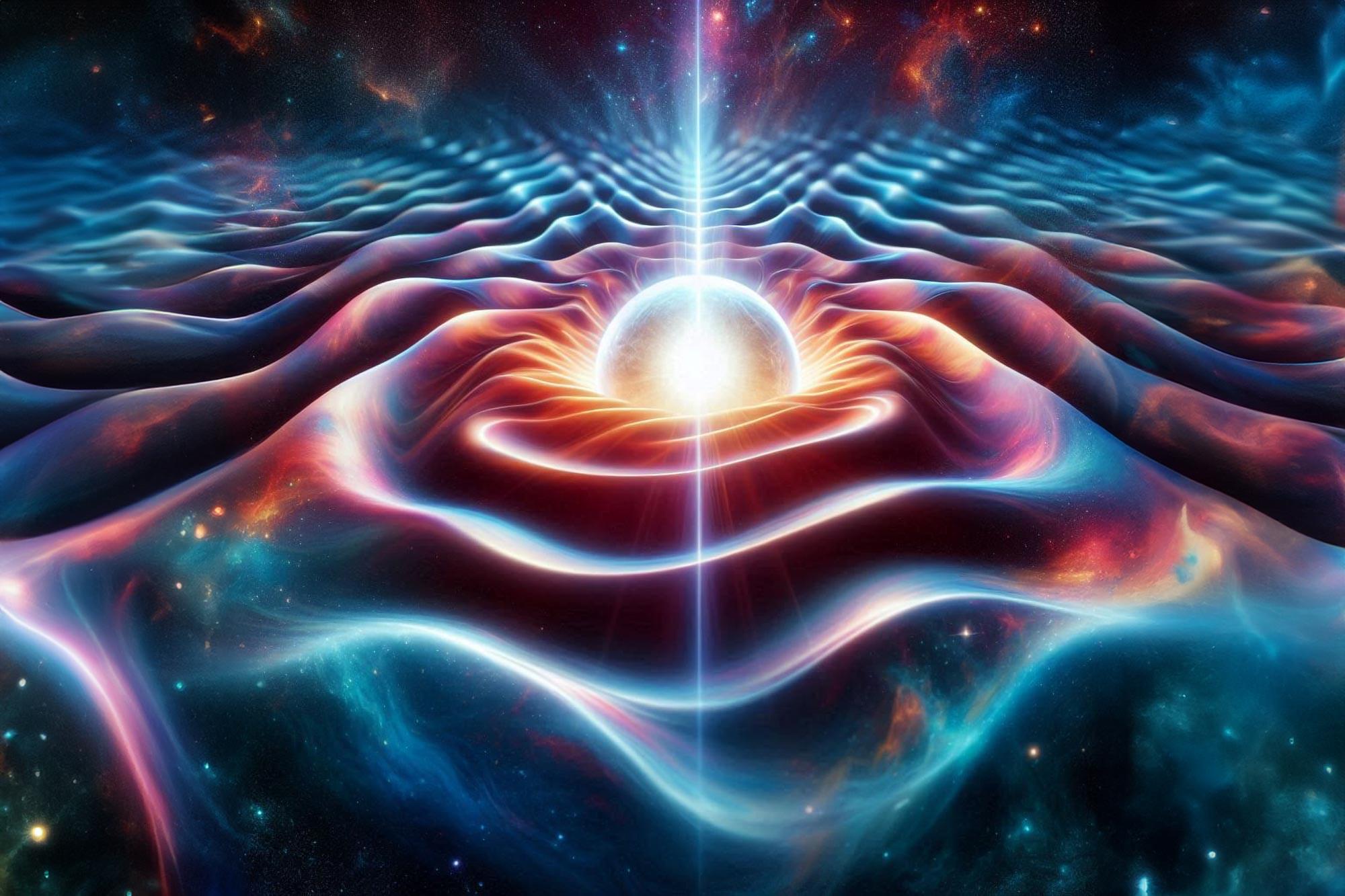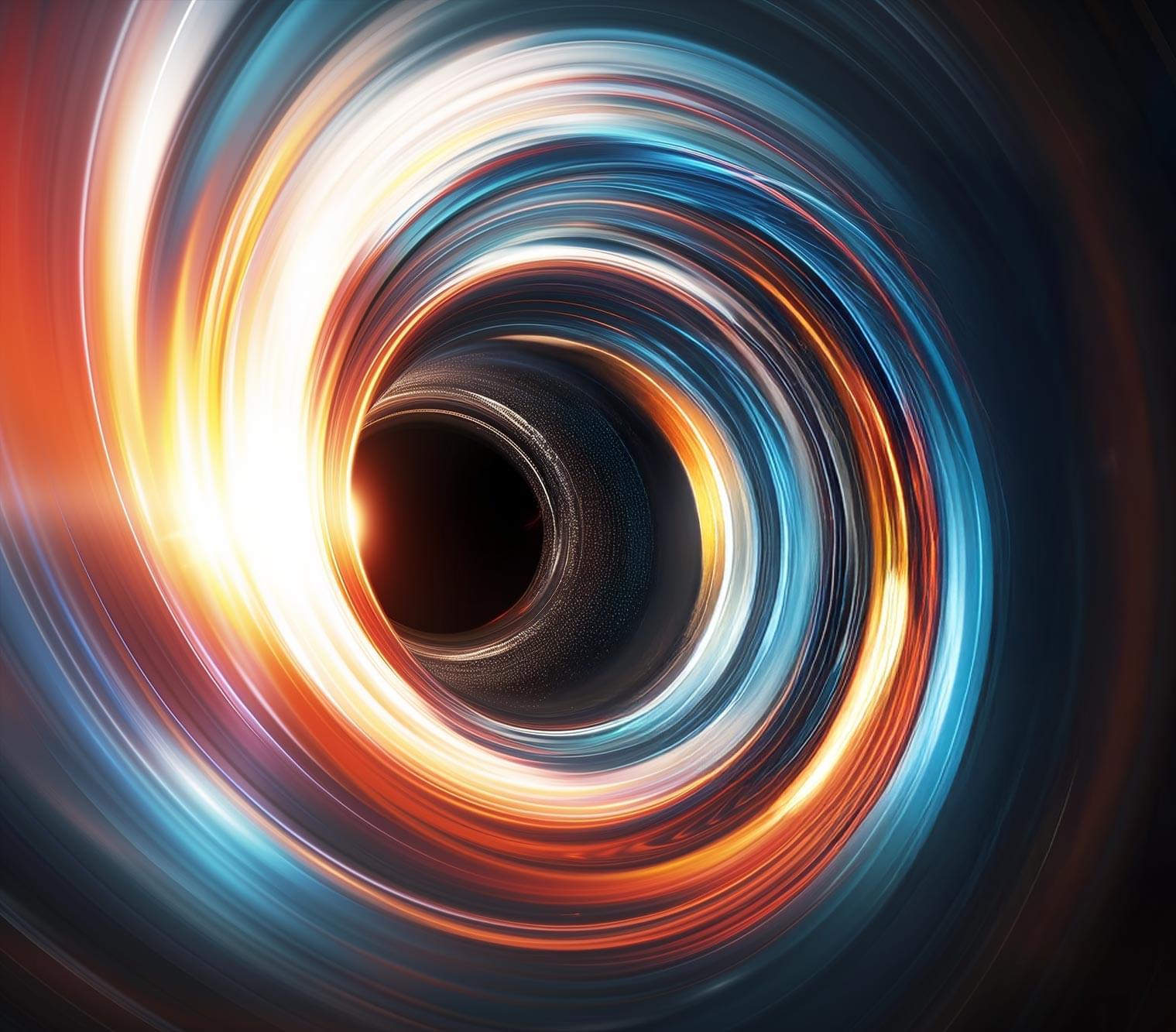Nobel Laureate Andrea Ghez joins Brian Greene to explore her decade’s long pursuit of the supermassive black hole at the center of the Milky Way Galaxy.
This program is part of the Big Ideas series, supported by the John Templeton Foundation.
Participant: Andrea Ghez.
Moderator: Brian Greene.
00:00 Introduction.
00:46 The Discovery of a Supermassive Black Hole.
01:50 Early Influences and Childhood Curiosity.
03:01 The Impact of the Moon Landing.
04:16 From Math to Physics.
05:42 Women in Science.
07:30 Falling in Love with Astronomy and Telescopes.
09:01 Supermassive vs. Stellar Black Holes.
12:05 Overcoming Doubts in Scientific Research.
15:33 The Search for the Black Hole in the Milky Way.
18:00 Developing Techniques for Infrared Astronomy.
21:12 The Long Journey to a Scientific Breakthrough.
24:45 The Moment of Discovery.
30:20 The Future of Black Hole Research.
32:45 Closing Thoughts and Advice for Aspiring Scientists.
35:10 Unlocking the Mysteries of the Universe.
41:30 Q&A
VISIT our Website: http://www.worldsciencefestival.com.
FOLLOW us on Social Media:
Facebook: / worldsciencefestival.
Twitter: / worldscifest.
Instagram: / worldscifest.
TikTok: / worldscifest.
LinkedIn: / world-science-festival.
#worldsciencefestival #briangreene #cosmology #astrophysics
